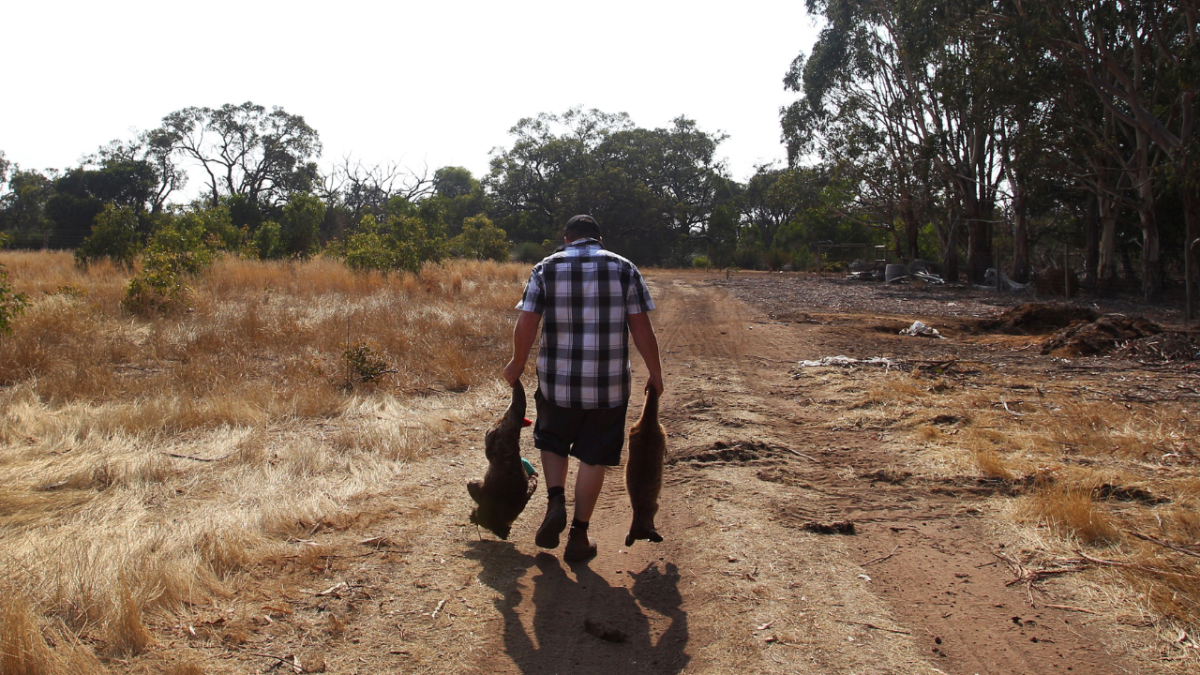
We all know Australia’s environment is *very* vulnerable to the effects of climate change and has been pummelled pretty hard in the last few years, but a massive new report published on Tuesday has revealed just how poor Australia’s environmental health is. Honestly, brace yourselves.
The State of the Environment government report, which is released every five years but was delayed by the Morrison government until post-election, showed widespread environmental degradation between 2016 and 2021 due to climate change, habitat clearing, pollution, mining and invasive species.
It found the rate of deterioration had sped up since the 2016 report, with many more animals added to the endangered species list and at least 19 ecosystems showing signs of collapse or near collapse.
Australia’s Environment Minister Tanya Plibersek was responsible for delivering the report and told ABC News on Tuesday morning it was “very disturbing reading”.
“If we don’t have the laws and systems that we have to protect it, that decline will continue,” she said.
“If we don’t do something to change what we’re doing now, we’re going to continue to see the decline.”@tanya_plibersek says the State of the Environment report makes for “very disturbing reading” and Australia needs to “be part of the global effort to tackle climate change”. pic.twitter.com/rqbrifD2KG
— News Breakfast (@BreakfastNews) July 18, 2022
She used the opportunity to say Labor would be addressing this shocking decline.
“I won’t be putting my head in the sand,” she said.
“Under Labor the environment is back on the priority list.”
Plibersek will outline Labor’s response plan at the National Press Club on Tuesday and we can’t wait to hear what she’s got for us. So far the government’s carbon reduction targets are below what Australia committed to when it signed the Paris Agreement.
But other advocates and experts say we need action today.
“The previous report, released in 2016, showed many worsening signs for our environment since 2011. There is no reason to believe that things have got any better in the past six years,” Extinction Rebellion Victoria spokeswoman Miriam Robinson said in a statement.
“The news today will probably be about years of neglect under the previous government and some political point-scoring and a lot of finger-pointing. But we are here today to urge our governments at state and local level as well as federal, whatever party you represent, to step it up.”
Professor Euan Ritchie at Deakin University’s Centre for Integrative Ecology told Guardian Australia the report confirmed “Australia’s utter failure of environmental and conservation stewardship”.
But he said it wasn’t too late to save us all.
“If we act now and strengthen and enforce environmental laws, provide far greater investment to aid the protection and recovery of the environment and threatened species, and better engage with communities, we stand to gain substantial social, cultural, economic and environmental benefits,” he said.
So let’s dive into the absolutely horrifying figures.
Threatened species
“Some of the really disturbing stuff in here goes to species loss — we’re the worst continent on the planet for mammal extinction,” Plibersek said on Tuesday and yep, I’m extremely disturbed.
Australia has seen more native mammal species go extinct than any other continent and the report found we had one of the highest rates of species decline in the world.
The report noted 202 native animal and plant species were listed as threatened between 2016 and 2021. This number was up from the 175 added to the list between 2011 and 2016.
The list grew significantly after the 2019–20 bushfires which killed or displaced between 1 billion and 3 billion animals.
Native fish populations have also declined by more than 90 per cent in the past 150 years and the report said we’re continuing on that downward trajectory.
Australia also has more foreign plant species than natives which governments have spent hundreds of billions of dollars trying to manage over the years.
Land clearing
I guess everyone loves beef because half of Australia’s total landmass is now used for grazing.
About 93 per cent of the land habitat used by threatened species was cleared between 2000 and 2017 and at least 19 Australian ecosystems show signs of collapse.
More than 6.1 million hectares of primary native forest (to put it in perspective *all* of suburban Melbourne is less than 1 million hectares) have been cleared since 1990. Almost 290,000 hectares of primary forest and 343,000 hectares of regrown forest were cleared in the last five years.
Freshwater and sea health
In a word? Bad.
Let’s start with lakes and rivers.
Water levels in the Murray-Darling Basin were at record lows in 2019 due to extraction of water and drought. Remember that horrific mass fish death?
Rivers, catchments, waterways, beaches and shorelines are are pretty much all in poor condition near urban centres, but fair better condition in remote areas.
As for the ocean, Australia’s marine environment is generally in better shape than land and overfishing isn’t really an issue here. So that’s a plus.
But the Great Barrier Reef is incomprehensibly fucked.
Heatwaves caused mass coral bleaching on the Great Barrier Reef in 2016, 2017 and 2020. (This report was finished before the mass bleaching in March this year which shocked scientists because it happened during La Niña.)
Reefs all around Australia and the species that rely on them were in general reported to be in poor and deteriorating condition.
Rising sea temperatures have also pushed pests like sea urchins south to cooler waters which devastated kelp forests along the south-east coast, especially in Tasmania. This kelp is critical for carbon absorption and provides habitat for more than 150 species.
Ocean acidification caused by too much carbon dioxide in the atmosphere is near a tipping point, and without the kelp and the reefs it’s going to blow out.
And sea levels? Well yes, they’re rising and have already affected many low-lying areas. Saltmarshes and wetlands on much of Australia’s coastline are shrinking.
Deep breaths. Deeeeeep breaths.



